From the Six-Day War to the Fifth-Generation Era
Special coverage of the 2nd International Conference for Air power, which brought together hundreds of defense officials, industry leaders, and aviation experts to discuss a variety of topics pertinent to aerial warfare in the new era
IsraelDefense
| 04/05/2017
Hundreds of defense officials, industry leaders, and aviation experts have convened today at the Hilton Hotel in Tel Aviv for the premiere aerial defense conference of 2017 – the 2nd International Conference for Air power, organized by Israel Defense and the Fisher Institute for Air and Space Strategic Studies.
The theme of the conference this year is "From the Six-Day War to the Fifth-Generation Era," emphasizing the memorial of the Six-Day War and Operation Focus, and the entrance of the Israeli Air Force into the Fifth-Generation.
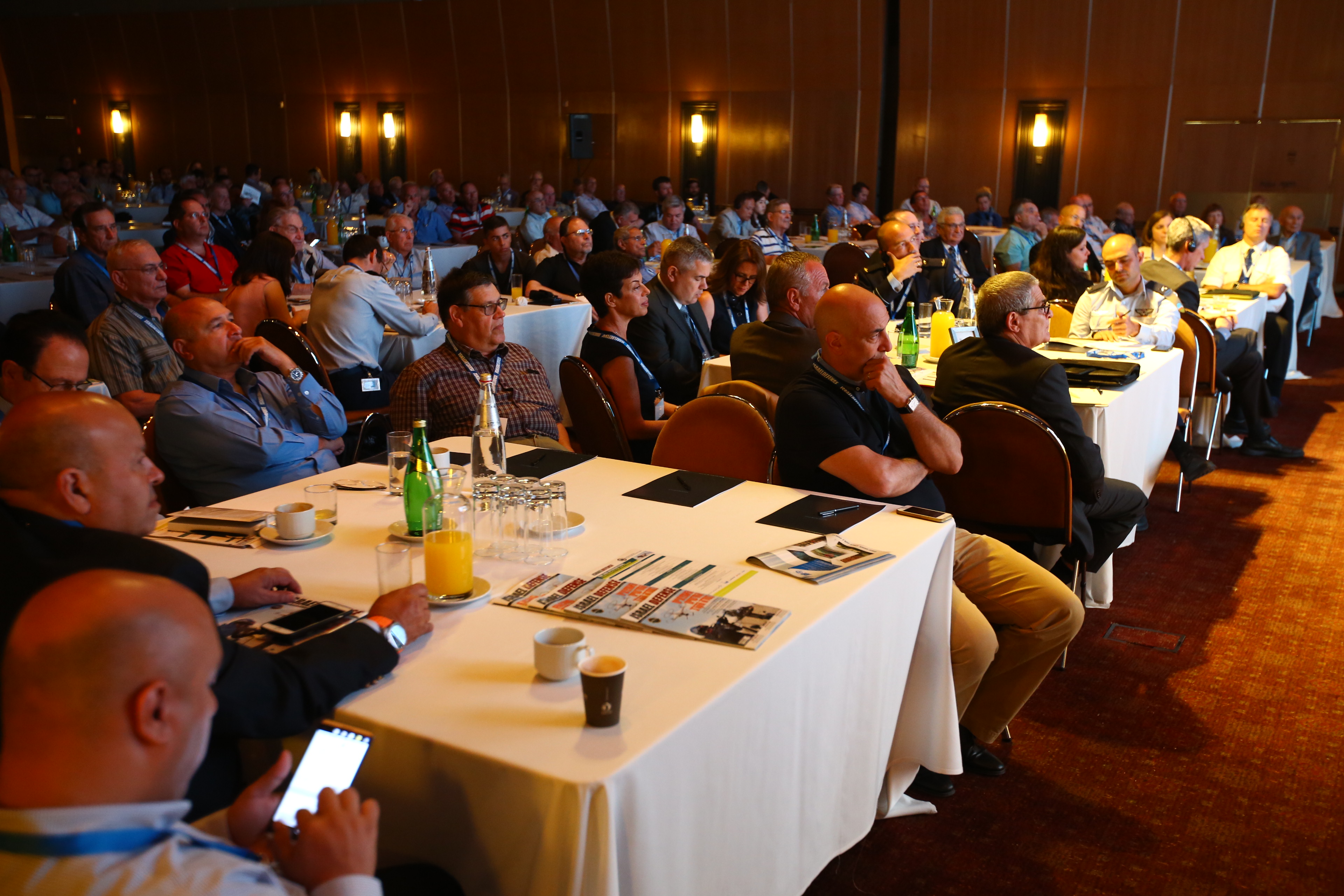
Conference topics include the anniversary of the Six-Day War and Operation Focus the reception of the F-35 'Adir' planes into the IAF fleet, and relevant international lessons for the current reality. Highlights of the conference will include remarks from Brig. Gen. Eyal Grinboym, Commander of the Israeli Nevatim AFB, and Gen. (ret.) Gary North of Lockheed Martin on the significance of the F-35, as well as other defense experts and speakers from the Israeli and international aerospace industry.
The F-35: A Unique Opportunity to the State of Israel
"Our mission today is to connect IAF with the F-35 'Adir' aircraft, as this aircraft represents new concepts, a new network-centric approach, new stealth characteristics, new infrastructures, logistics and maintenance procedures and intensive use of simulators," said Brig. Gen. Eyal Grinboym, Commander of the IAF Nevatim Airbase.
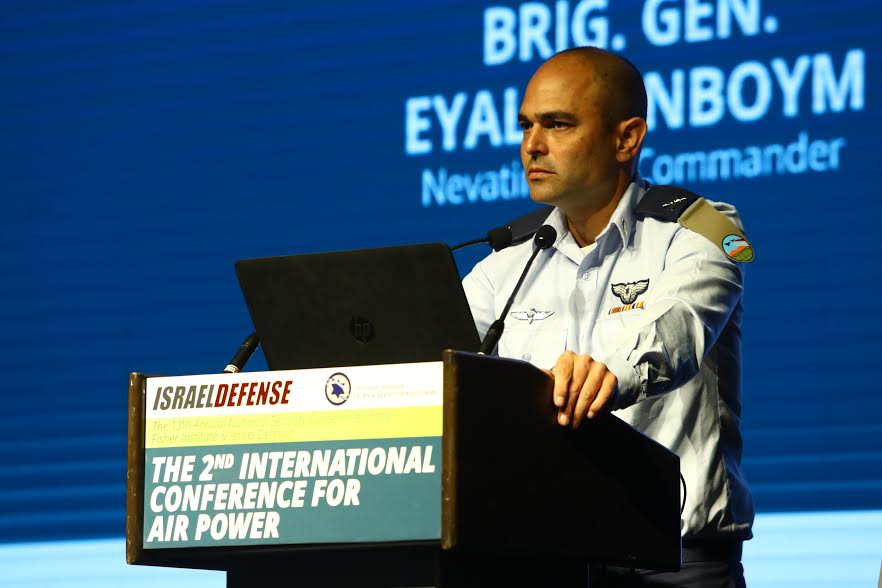
"By the end of the year we will have seven 'Adir' aircraft and eventually we will have a fleet of fifty aircraft," said Brig. Gen. Grinboym. He told the hundreds of conference participants that the personnel established for the 'Adir' Squadron is made up of the very best. "For a whole year, we had them sit down and asked them to think – to devise independent operational concepts, to think about the future of air combat using a stealth fighter. At the squadron's home base in Nevatim we do a lot of brainstorming and planning regarding the pilot training stages and the knowledge preservation. Most of the training activities are carried out on the simulator, which provides the pilot with a nearly one-to-one picture." Brig. Gen. Grinboym concluded by saying that the process of assimilating the F-35 fighters at Nevatim Airbase is fascinating, challenging and groundbreaking, and provides a unique and exceptional opportunity to the State of Israel.
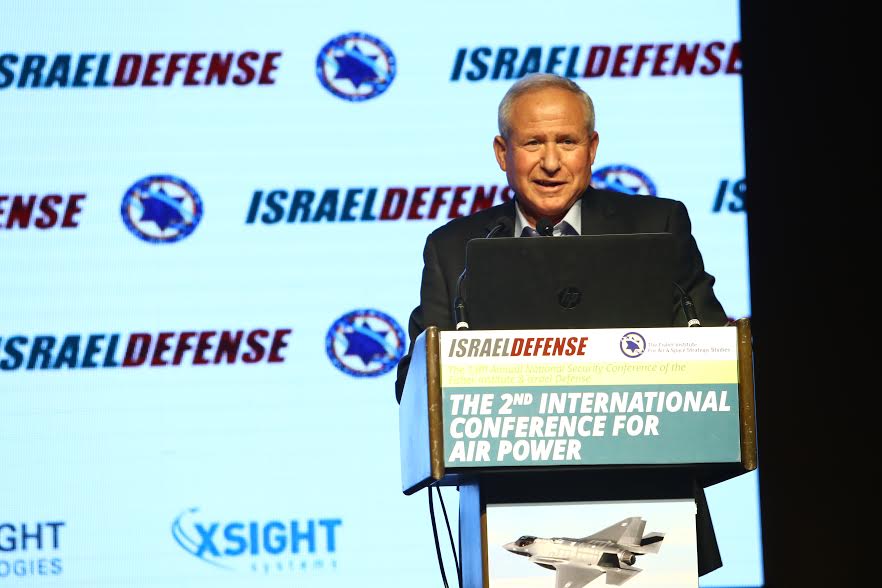
Member of Knesset Avi Dichter, Chairman of the Knesset Foreign Affairs & Defense Committee, stressed in his address the fact that the real, tangible threat facing the State of Israel is Iran. For this reason, the IDF must prepare itself for the most extreme scenario, which could include the launching of long-range, accurate missiles into Israel. The IDF must develop defensive and offensive measures and a high-precision, lethal strike capability. According to MK Dichter, Khaled Mashal is preparing himself for running, in due course, for the office of Chairman of the Palestinian Authority. Regarding the Iranian nuclear threat, Dichter said that the Iranians are developing an impressive missile capability, while as far as the Iranian nuclear program is concerned, the ten years of the nuclear agreement are not years of rest.
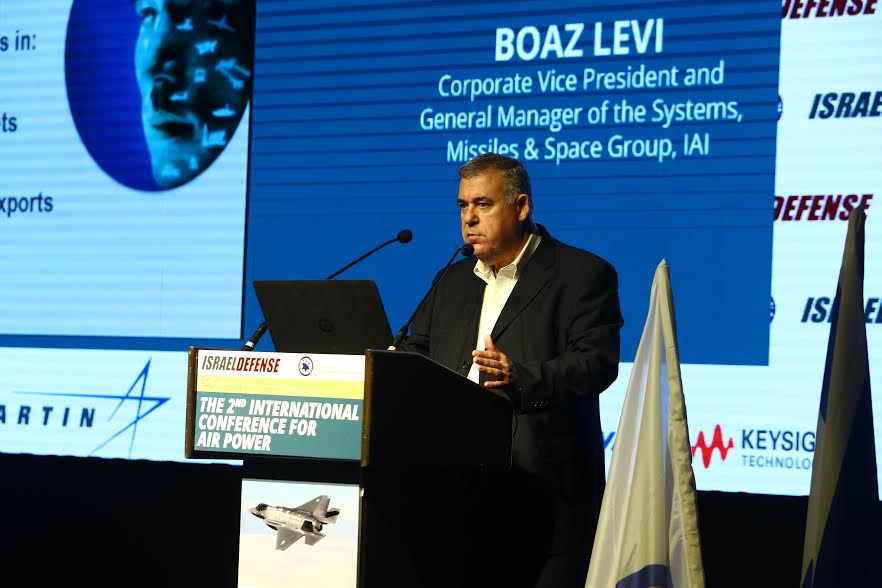
Boaz Levi, Head of IAI's Missile & Space Systems Group, said at the conference: "One of our key elements is innovation. We invest massive efforts in innovation that would lead us to the future generations of technology. We engage in integrative, multiple-system activities. The resources we acquired enable us to take systems, put them together and make one plus one into more than two. The systems we make are massive and there is a reason for this change. We are at the outset of a new era and our clients want the new systems by tomorrow, if not by today. We need to make a number of revisions and adaptations. Our sales now involve mandatory offset procurement. The industries must cooperate in order to offer more capabilities. We must build tools promptly and efficiently. We all deal with mega-projects that require quality. What can we expect to see in the future? Highly accurate, robust, multi-service systems with artificial intelligence, data fusion, unmanned platforms and fewer stand-alone systems that depend on human crews."
The Battle over IAF Future Heavy-Lift Helicopter Heats Up
Sikorsky Helicopters/Lockheed Martin held a press conference at the Second International Air Power Conference to announce that they were meeting with IAF representatives regarding the acquisition of the CH-53K heavy-lift helicopter
"The Government of Israel has not yet submitted to Sikorsky Helicopters/Lockheed Martin a requisition regarding the CH-53K King Stallion future heavy-lift helicopter, but we are already at the stage of exchanging information, and this week we have already held a meeting on this subject with IAF representatives. We will be delighted to receive a requisition and submit a proposal. We will be proud to provide the IAF with a product like this helicopter," said Dr. Andreas Bernhard, Chief Engineer of the King Stallion helicopter project at Sikorsky Helicopters, a division of Lockheed Martin.

Dr. Bernhard addressed the International Air Power Conference and held a press conference along with Joshua (Shiki) Shani, CEO of Lockheed Martin Israel. This was an indicator of the imminent competition between the two aviation giants, Sikorsky Helicopters/Lockheed Martin and Boeing, over the future heavy-lift helicopter of IAF that would replace their aging CH-53 (IAF designation Yas'ur) helicopters. Sikorsky Helicopters will offer the new CH-53K King Stallion helicopter while Boeing will offer their CH-47F Block-2 Chinook helicopter – a model that gained extensive combat experience serving with the US military.
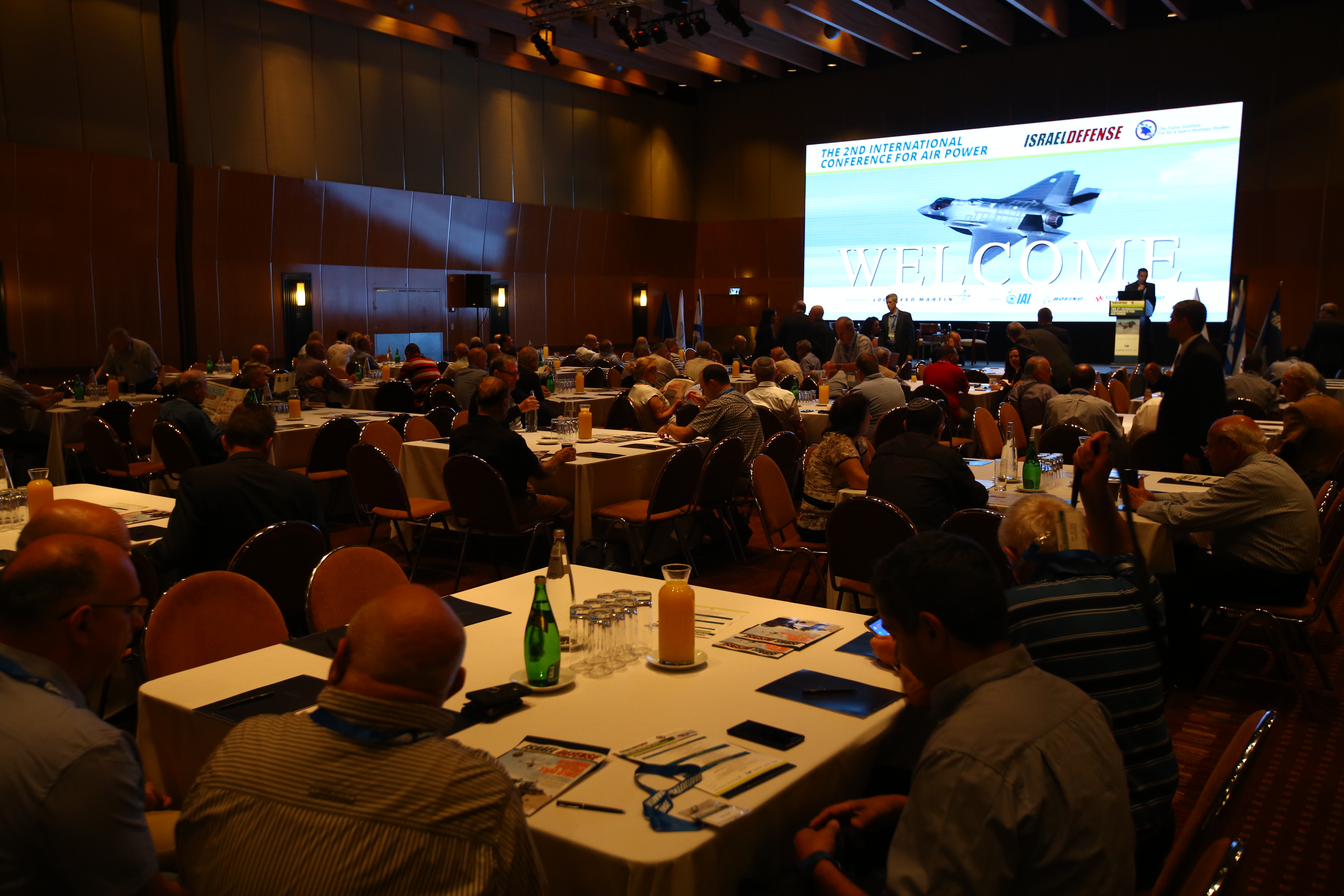
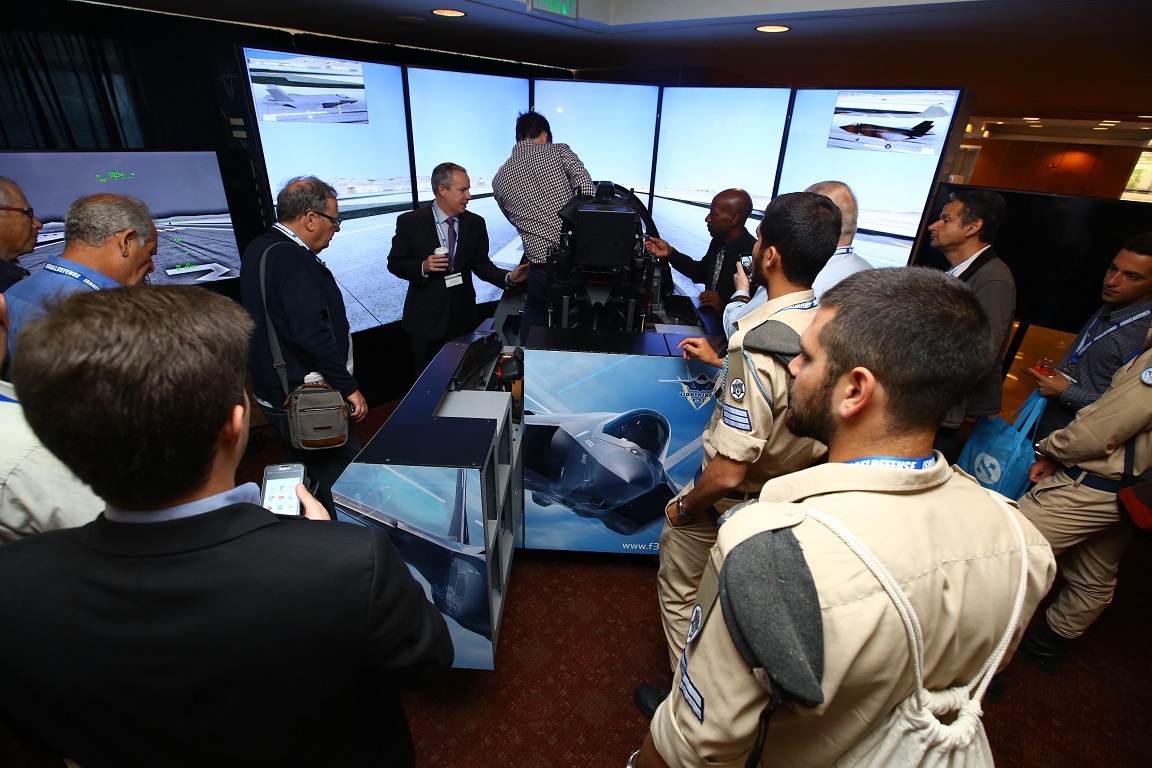

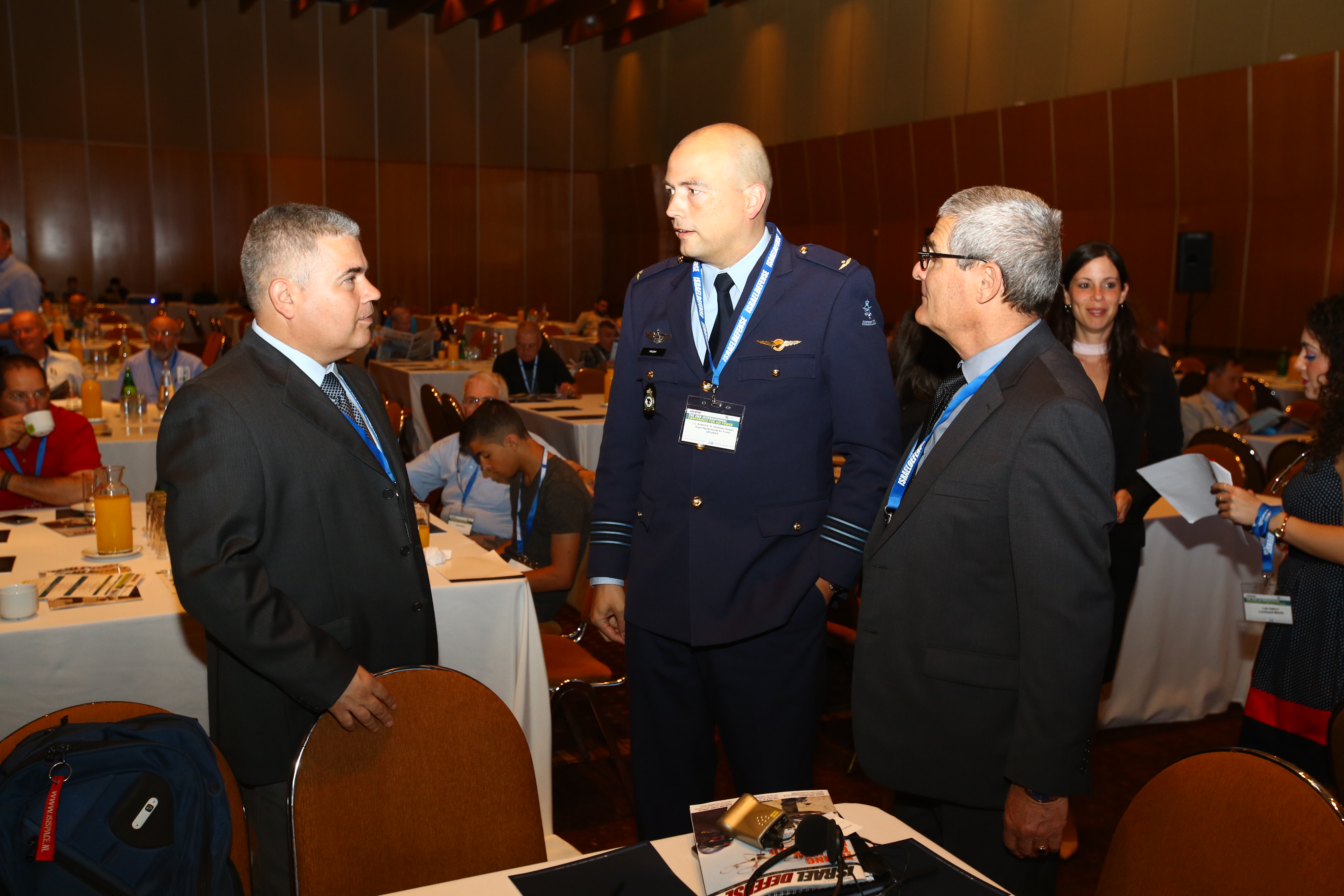

Photography: Gilad Kavalerchik
Special coverage of the 2nd International Conference for Air power, which brought together hundreds of defense officials, industry leaders, and aviation experts to discuss a variety of topics pertinent to aerial warfare in the new era
Hundreds of defense officials, industry leaders, and aviation experts have convened today at the Hilton Hotel in Tel Aviv for the premiere aerial defense conference of 2017 – the 2nd International Conference for Air power, organized by Israel Defense and the Fisher Institute for Air and Space Strategic Studies.
The theme of the conference this year is "From the Six-Day War to the Fifth-Generation Era," emphasizing the memorial of the Six-Day War and Operation Focus, and the entrance of the Israeli Air Force into the Fifth-Generation.
Conference topics include the anniversary of the Six-Day War and Operation Focus the reception of the F-35 'Adir' planes into the IAF fleet, and relevant international lessons for the current reality. Highlights of the conference will include remarks from Brig. Gen. Eyal Grinboym, Commander of the Israeli Nevatim AFB, and Gen. (ret.) Gary North of Lockheed Martin on the significance of the F-35, as well as other defense experts and speakers from the Israeli and international aerospace industry.
The F-35: A Unique Opportunity to the State of Israel
"Our mission today is to connect IAF with the F-35 'Adir' aircraft, as this aircraft represents new concepts, a new network-centric approach, new stealth characteristics, new infrastructures, logistics and maintenance procedures and intensive use of simulators," said Brig. Gen. Eyal Grinboym, Commander of the IAF Nevatim Airbase.

"By the end of the year we will have seven 'Adir' aircraft and eventually we will have a fleet of fifty aircraft," said Brig. Gen. Grinboym. He told the hundreds of conference participants that the personnel established for the 'Adir' Squadron is made up of the very best. "For a whole year, we had them sit down and asked them to think – to devise independent operational concepts, to think about the future of air combat using a stealth fighter. At the squadron's home base in Nevatim we do a lot of brainstorming and planning regarding the pilot training stages and the knowledge preservation. Most of the training activities are carried out on the simulator, which provides the pilot with a nearly one-to-one picture." Brig. Gen. Grinboym concluded by saying that the process of assimilating the F-35 fighters at Nevatim Airbase is fascinating, challenging and groundbreaking, and provides a unique and exceptional opportunity to the State of Israel.

Member of Knesset Avi Dichter, Chairman of the Knesset Foreign Affairs & Defense Committee, stressed in his address the fact that the real, tangible threat facing the State of Israel is Iran. For this reason, the IDF must prepare itself for the most extreme scenario, which could include the launching of long-range, accurate missiles into Israel. The IDF must develop defensive and offensive measures and a high-precision, lethal strike capability. According to MK Dichter, Khaled Mashal is preparing himself for running, in due course, for the office of Chairman of the Palestinian Authority. Regarding the Iranian nuclear threat, Dichter said that the Iranians are developing an impressive missile capability, while as far as the Iranian nuclear program is concerned, the ten years of the nuclear agreement are not years of rest.

Boaz Levi, Head of IAI's Missile & Space Systems Group, said at the conference: "One of our key elements is innovation. We invest massive efforts in innovation that would lead us to the future generations of technology. We engage in integrative, multiple-system activities. The resources we acquired enable us to take systems, put them together and make one plus one into more than two. The systems we make are massive and there is a reason for this change. We are at the outset of a new era and our clients want the new systems by tomorrow, if not by today. We need to make a number of revisions and adaptations. Our sales now involve mandatory offset procurement. The industries must cooperate in order to offer more capabilities. We must build tools promptly and efficiently. We all deal with mega-projects that require quality. What can we expect to see in the future? Highly accurate, robust, multi-service systems with artificial intelligence, data fusion, unmanned platforms and fewer stand-alone systems that depend on human crews."
The Battle over IAF Future Heavy-Lift Helicopter Heats Up
Sikorsky Helicopters/Lockheed Martin held a press conference at the Second International Air Power Conference to announce that they were meeting with IAF representatives regarding the acquisition of the CH-53K heavy-lift helicopter
"The Government of Israel has not yet submitted to Sikorsky Helicopters/Lockheed Martin a requisition regarding the CH-53K King Stallion future heavy-lift helicopter, but we are already at the stage of exchanging information, and this week we have already held a meeting on this subject with IAF representatives. We will be delighted to receive a requisition and submit a proposal. We will be proud to provide the IAF with a product like this helicopter," said Dr. Andreas Bernhard, Chief Engineer of the King Stallion helicopter project at Sikorsky Helicopters, a division of Lockheed Martin.
Dr. Bernhard addressed the International Air Power Conference and held a press conference along with Joshua (Shiki) Shani, CEO of Lockheed Martin Israel. This was an indicator of the imminent competition between the two aviation giants, Sikorsky Helicopters/Lockheed Martin and Boeing, over the future heavy-lift helicopter of IAF that would replace their aging CH-53 (IAF designation Yas'ur) helicopters. Sikorsky Helicopters will offer the new CH-53K King Stallion helicopter while Boeing will offer their CH-47F Block-2 Chinook helicopter – a model that gained extensive combat experience serving with the US military.


Photography: Gilad Kavalerchik



